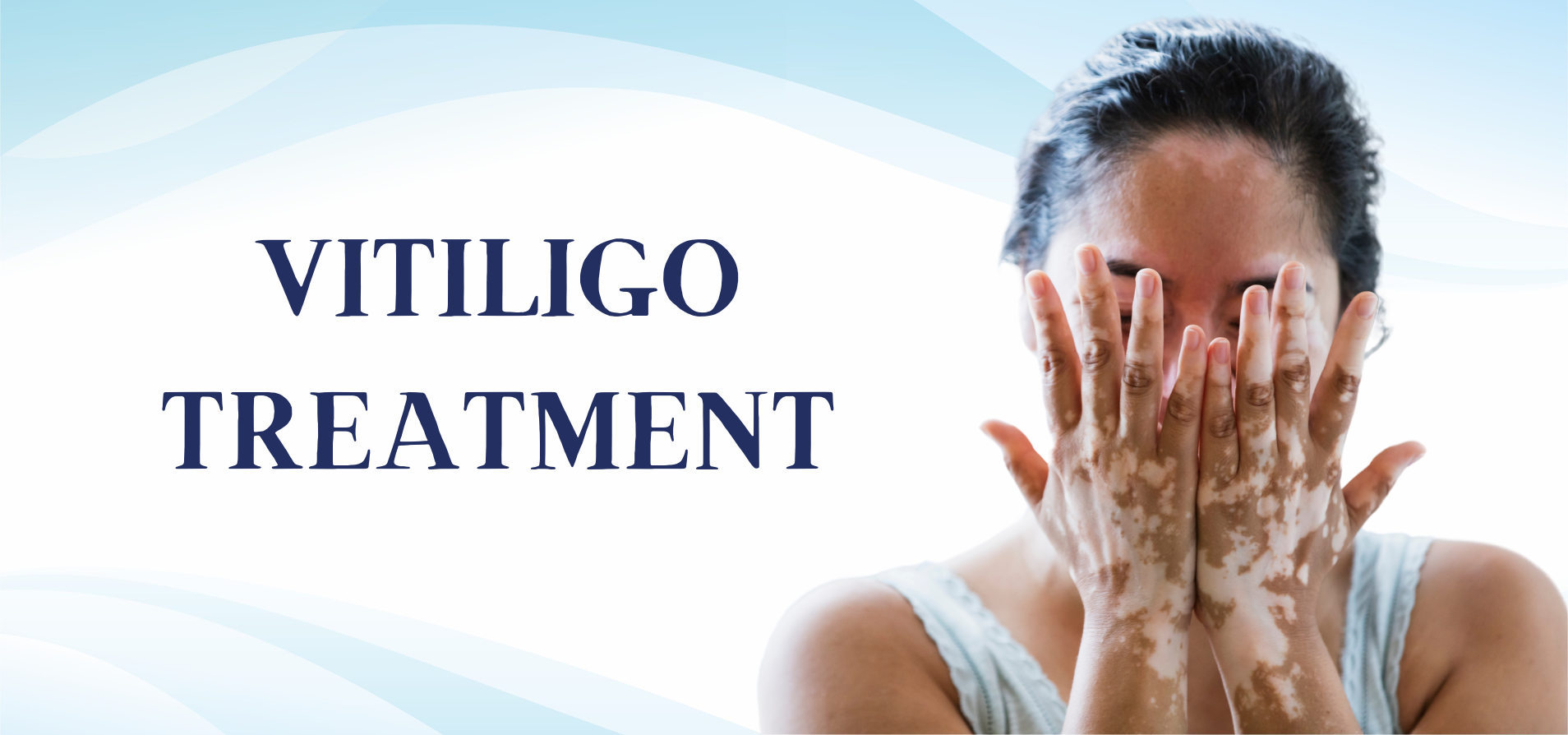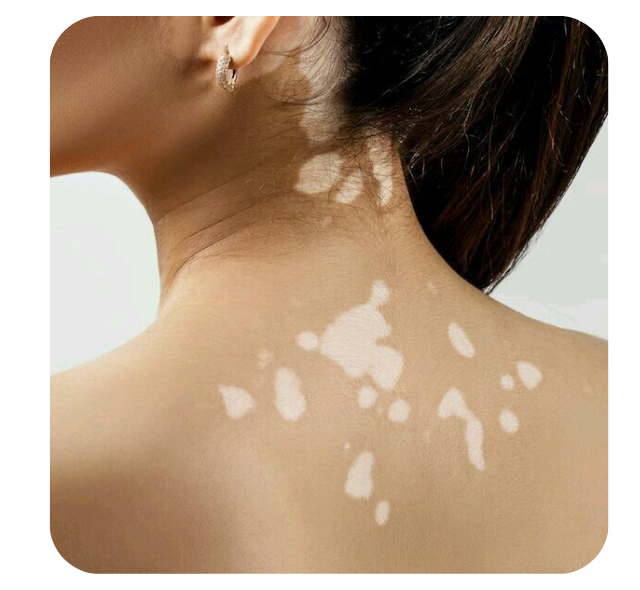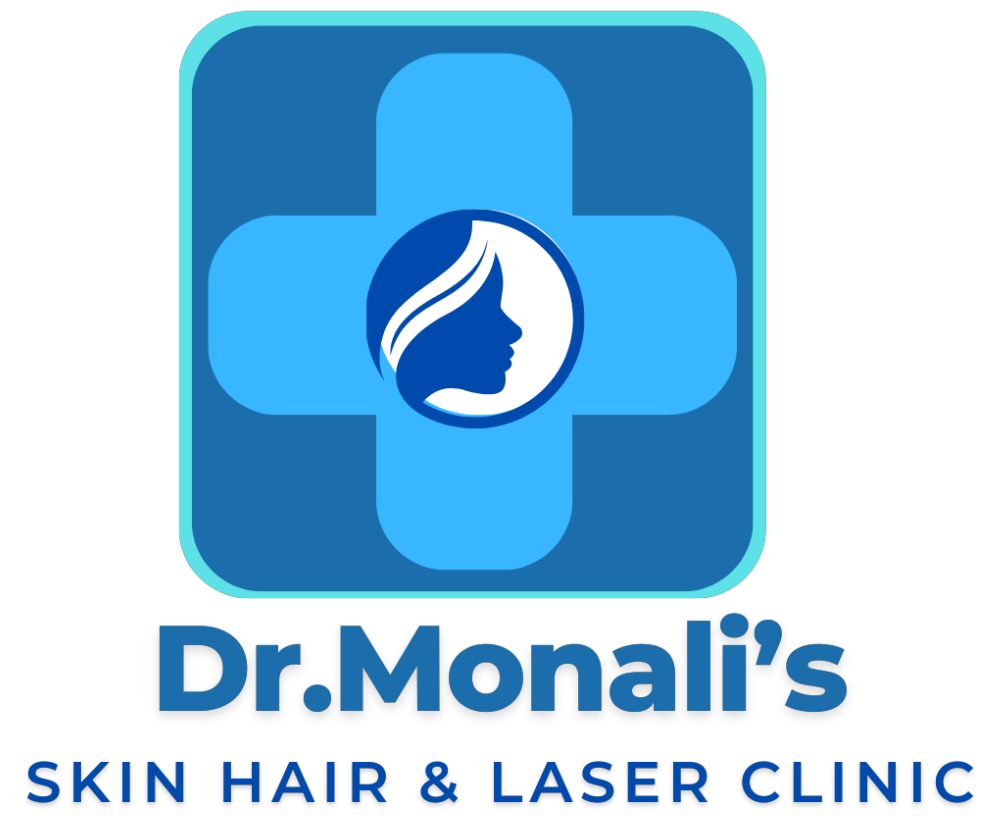
What Causes Vitiligo?
Vitiligo is a condition where the skin loses pigment, causing white patches. It occurs when the immune system mistakenly attacks melanocytes, the cells that produce melanin. Genetics, oxidative stress, and nerve-related factors may also contribute. Triggers like skin injury, sunburn, stress, or chemical exposure can worsen or start the condition.
BENEFITS OF VITILIGO TREATMENTS

FAQs
There is no permanent cure, but treatments can help restore pigment and slow the spread of white patches.
Topical corticosteroids: Reduce inflammation and may help return color to the skin.
Topical calcineurin inhibitors: Often used for sensitive areas like the face.
Phototherapy (UVB): Exposing skin to controlled ultraviolet light to stimulate repigmentation.
Excimer laser: A targeted light therapy for small areas.
Depigmentation therapy: Lightens unaffected skin in widespread cases to create an even tone.
Skin grafting: Surgical option for small, stable patches.
Some people use herbal treatments or oils, but there's limited scientific evidence. Always consult a doctor before trying alternative remedies.
No, vitiligo is not contagious. It cannot be spread through touch or contact.
There's no proven diet to cure vitiligo, but eating a healthy, antioxidant-rich diet may support overall skin health.



